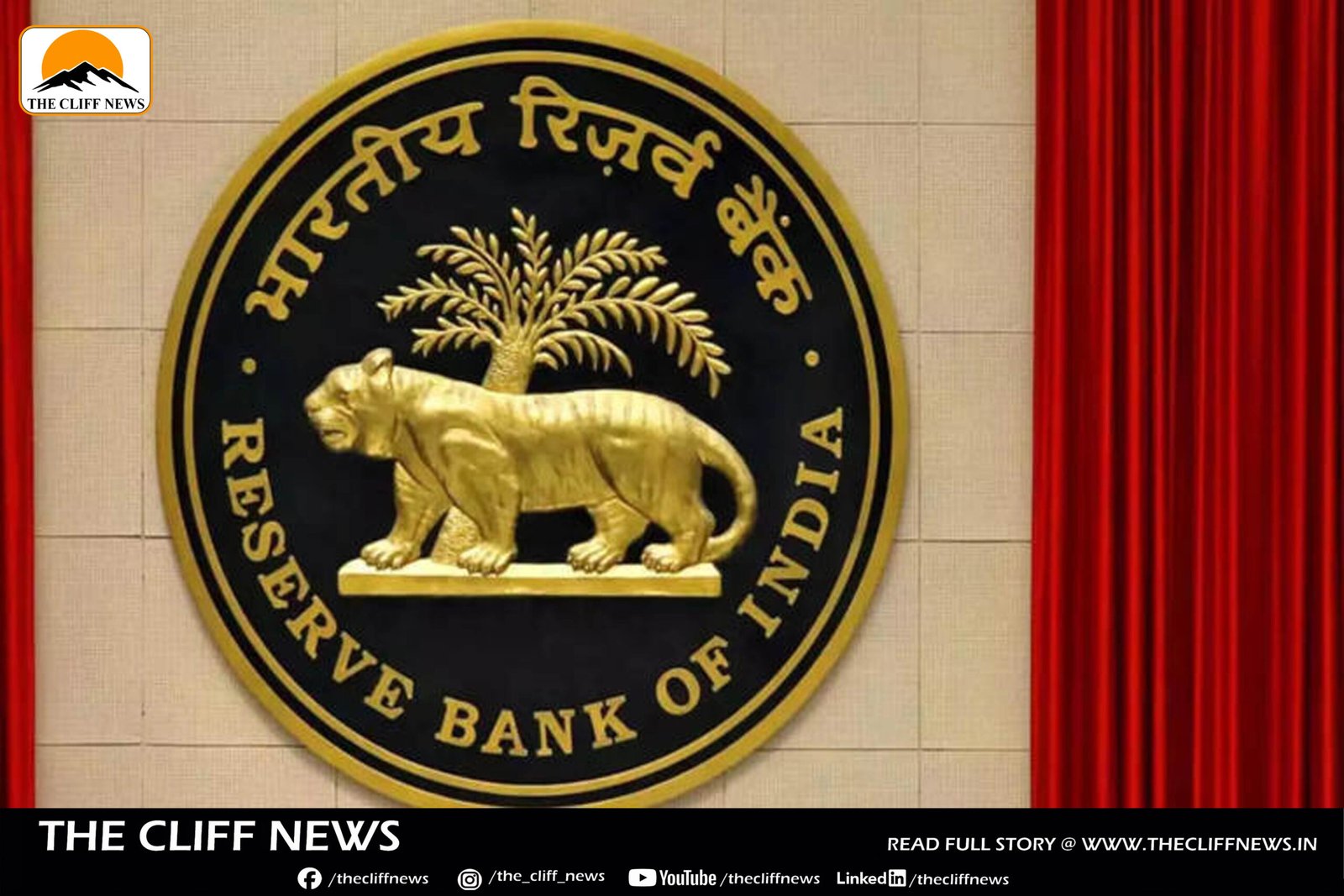In a significant move to strengthen the liquidity resilience of Indian banks without stifling their credit potential, the Reserve Bank of India (RBI) has released its final guidelines on Liquidity Coverage Ratio (LCR), bringing notable relaxations. The new framework, effective from April 1, 2026, is expected to free up a substantial amount of capital and support credit expansion.
🔑 Key Changes in LCR Norms
- Lower Run-Off Factor for Digital Deposits:
- Stable retail deposits through internet and mobile banking (IMB) will now carry a 7.5% run-off factor, down from the 10% proposed earlier.
- Less stable digital deposits will have a 12.5% run-off, up from the earlier 10%, but still a relief compared to the 5% for traditional stable deposits.
- Eased Norms for Non-Financial Entities:
- Deposits from trusts, partnerships, and LLPs will now have a 40% run-off rate, significantly lower than the current 100%.
- LCR Impact & Timeline:
- The changes are expected to improve banks’ LCR by 6 percentage points based on data as of 31 December 2024.
- RBI emphasized that banks will continue to meet the 100% LCR requirement comfortably even with the new norms.
🧾 What is LCR and Why It Matters?
LCR mandates banks to maintain a sufficient stock of High-Quality Liquid Assets (HQLA), like government securities, to survive a hypothetical 30-day liquidity crisis. The intent is to safeguard against unexpected deposit withdrawals, such as what led to the Silicon Valley Bank collapse in the US.
📉 Why This Move Matters for Banks
- Credit Growth Boost:
The changes could free up ₹2.7-3.0 lakh crore in liquidity—enough to potentially boost credit growth by 1.4–1.5%, as estimated by Anil Gupta of ICRA. - Addressing Banks’ Concerns:
Banks had warned that the earlier draft norms might tighten credit flows, especially amid slow deposit growth and tight system liquidity. Many had sought the finance ministry’s intervention.
🧠 RBI’s View
“These measures will enhance the liquidity resilience of banks in India and further align the guidelines with global standards in a non-disruptive manner,”
— RBI statement.



